Cargando...
Recursos educativos
-
Nivel educativo
-
Competencias
-
Tipología
-
Idioma
-
Tipo de medio
-
Tipo de actividad
-
Destinatarios
-
Tipo de audiencia
-
Creador
Lo más buscado
- Problemas de división
- Actividades con divisiones por dos cifras
- problemas matemáticas imprimir
- Divisiones decimales
- Múltiplos de 6
- Letras O
- Conocimiento del medio natural, social y cultural
- ejercicios matemáticas imprimir
- Letras R
- Vida en la prehistoria
- El Alto Imperio romano
- Actividades económicas
- Guía interactiva
- Ángulo completo
- Repaso de la multiplicación
-
Trophic relationships in ecosystems
EduBook Organización
- 3575 visitas
4.1. Matter and energy in an ecosystem In an ecosystem, living things perform different functions in the process of production and transfer of matter and energy. They are divided into: Producers. These…
-
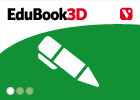
Analyse. Deaths in the second world war
EduBook Organización
- 3547 visitas
Look at the graph and answer the questions: In which countries did the greatest number of people die in the war? And which were the highest with respect to pre-war population figures? Explain why. Link…
-
Remember - The natural environment. Ecosystems
EduBook Organización
- 3509 visitas
Most of the energy used by living things originally comes from sunlight which is trapped by autotrophs (or producers). This energy is then transferred from the producers to all other living things…
-
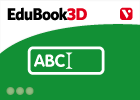
Look and answer
EduBook Organización
- 3436 visitas
Look and answer: Look at the two photos of landscapes. Which is a natural landscape? Which is a man-made landscape? Make a list of the natural features you can see in each photo. Then make a list of the…
-
Introduction - The natural environment. Ecosystems
EduBook Organización
- 3435 visitas
Most of the energy used by living things originally comes from sunlight which is trapped by autotrophs (or producers). This energy is then transferred from the producers to all other living things…
-

Final self-evaluation 13.02 - Cities and Urban Areas
EduBook Organización
- 3365 visitas
Choose the correct answer: Which cities are both major centres of tourism? Is there a larger urban or rural population today? Which type of city had to remove the city walls in order the grow? What is…
-
Investigate - The natural environment. Ecosystems
EduBook Organización
- 3304 visitas
Most of the energy used by living things originally comes from sunlight which is trapped by autotrophs (or producers). This energy is then transferred from the producers to all other living things…
-
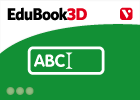
Look at the photos
EduBook Organización
- 3315 visitas
Look at the photos: Which photo shows a city and which shows a village? In photo ,we can see a city, and in photo we can see a village. A city... / A village... has wide avenues. has narrow streets. is…
-

Check. Realism
EduBook Organización
- 3265 visitas
Remember what you have studied in this section and answer the questions: What changes occurred in the mid-18th century that led to changes in art? Look at the works of art in your book. Which ones…
-
Final self-evaluation 07 - The political organisation of society
EduBook Organización
- 3256 visitas
Match each sentence with the correct theme: A democratic state is one in which the citizens participate in the political process. The state is made up of institutions and a population that lives in the…
Te estamos redirigiendo a la ficha del libro...













